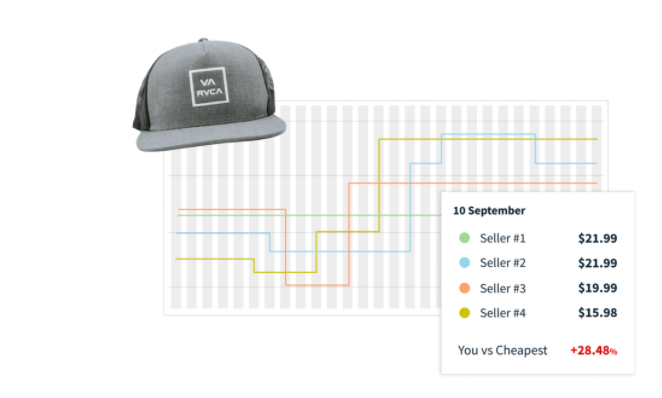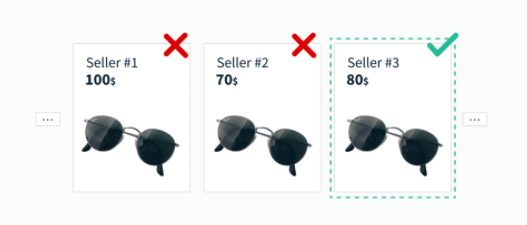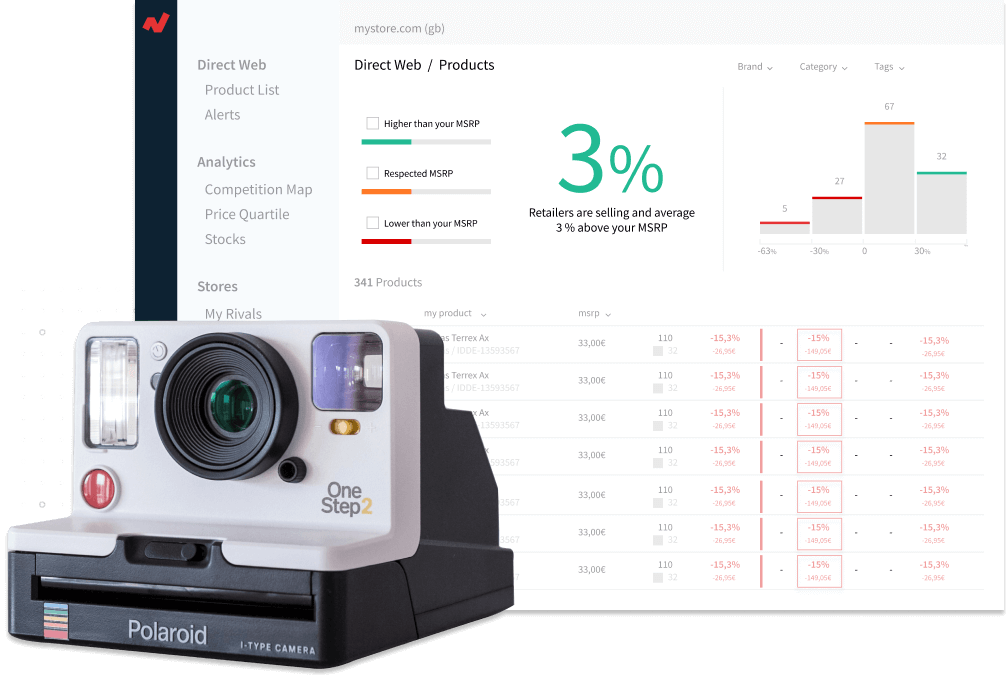It is very different to sell via your own e-commerce than having a network of e-tailers or distribution channels. When selling your own brand’s products, you need to assess both your position as a brand and as a retailer, and that is, most of the times, a very tricky approach.
When being a brand who wants to sell products online you have different alternatives. The first and most common option as a brand in this regard is trusting a network of retailers to sell your products online. The second option and one that starts to be more popular among brands is to sell and reach consumers directly and having them shop from your own e-store. Finally the third option would be combining both approaches.
On the other hand, having e-tailers distributing your products can be a great way to potencialize your sales and reach more consumers without the hassle of having to think about logistics and other pains that selling online conveys. Whatever option you decide has to be the correct one for your brand since all brands are different and therefore the strategies may vary.
The difficulties of having an e-commerce considering you are operating as your own seller
If you decide that the best option for you and your brand is to have both: e-tailers and your own brand’s online store, there are a few things to bear in mind so you can maximize your sales on site and at the same time protect your brand image and pricing policies since there are a few difficulties you can encounter, such as:
1. Not having a competitive price
It is very common for brands that have their own e-commerce to have higher prices than those of its e-tailers. Why does this happen? Generally this occurs because the retailers often enter pricing wars and therefore lower their prices to be more competitive. Sometimes this price can be below your brand’s MSRP.
2. Not being able to control the image of your brand
When you have your own e-commerce but at the same time you are competing against retailers, sometimes it can be difficult to keep the image of your e-commerce business and your brand’s intact. On the contrary, it is quite common that since the prices can vary a lot and if the retailers that sell your products don’t respect your MSRP the image of your brand can suffer.
How to surpass the challenges of managing an e-store
To overcome these problems there are a few things you can do which can also help you be more competitive in the e-commerce world.
1. Monitor and leverage market data:
When you monitor the price and general data of your products across online sales channels, you collect the competitive intel you need to make the right decisions for your business and you become more aware in the event of retailers not respecting your MSRP and your MAP. That being said, with this information you get a general idea of the average price of your products on the market and if your retailers are being loyal to your prices. Besides, this kind of information makes you also aware of average prices in the market, allowing you to assess whether your products’ value in the market fits your initial selling price.


2. Discover unauthorized sellers:
It is quite common to find retailers that are selling your products without your permission. These sellers can play with the price of your merchandise since they have no responsibility towards your brand.
Discovering unauthorized sellers can help you have a little more control over your merchandise price and image. Also with this information you will be eliminating rivals from the market and therefore increasing your competitiveness.
Being a brand and having your own e-commerce business as well as selling through e-tailers is quite challenging, but, in the end, with the right tools and the correct strategies you can find the benefits of both approaches. However, you will be faced with a lot of difficult decisions such as: What is most important to you, being the most competitive seller online or maintaining the image of your product and the integrity of your brand? Remember there are no wrong or right answers, just the best for you and your brand.




